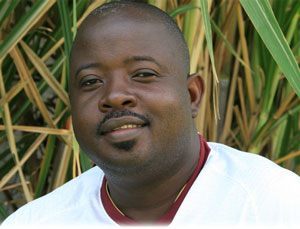
GOROMONZI – Villagers in Chikwaka are pulling resources together to build a maternity waiting home at Mwanza rural health centre. REPORT BY MOSES CHIBAYA The home will alleviate the plight of expecting mothers from their community, who travel long distances to access maternity services.
About 3 000 households have since April 2011 been paying US$1 per week towards the construction of the maternity wing.
One of the villagers, Plaxedes Kaseke said most of the people were struggling to raise the weekly contributions because they relied on seasonal farming.
“Most of us are now failing to contribute the dollar that is being collected every week,” said Kaseke. “We are even failing to get a dollar to go to the grinding meal.”
Other villagers appealed to well-wishers to help finance the construction of the centre.
Speaking at the launch of the Gender Challenge Initiative (GCI) held at Mwanza Clinic last week, local councillor Augustine Munyongani applauded the community initiative.
Munyongani said several women from Chikwaka were facing difficulties accessing maternity services because the nearest referral hospital, Makumbe, is 60km away.
“We sat down as community leaders touched by the plight of expecting mothers,” said Munyongani. “Some women are dying, others are giving birth on the road because they are travelling long distances”.
- Chamisa under fire over US$120K donation
- Mavhunga puts DeMbare into Chibuku quarterfinals
- Pension funds bet on Cabora Bassa oilfields
- Councils defy govt fire tender directive
Keep Reading
GCI programme seeks to correct imbalances The GCI — which is supported by the Ministry of Health and Child Welfare, Ministry of Women’s Affairs, University of Zimbabwe and several non-governmental organisations in the health sector — is a programme that seeks to implore and correct health inequalities that disadvantages women.
He said transport to Makumbe was also very unreliable.
The Community Working Group on Health (CWGH), a network of community-based organisations that promote community participation in health issues in the country, recently injected about US$23 000 in support of the maternity wing.
“So far, we have helped the community with building material. We also gave them 500 bags of cement and window frames, in fact most of the building material that they required. The community managed to mould 50 000 bricks on their own,” said CWGH executive director Itai Rusike.
Munyongani said the Ministry of Public Works had helped them with a plan of the building while the Zimbabwe National Army (ZNA) provided class one builders. He said more assistance was still needed to ensure the completion of the project.
“We have 20 youths that we are working with but they also need to be paid. They also need food — breakfast and lunch every day,” said Munyongani. “Some of our money was coming from parents but they no longer have money.”
Once complete, the maternity waiting homes are expected to house 30 expecting mothers and those that would have given birth.
Expectant mothers are supposed to stay in a waiting home for three weeks before delivery.
Maternal mortality remains high in Zimbabwe.
The country’s maternal mortality rate currently sits at 960 deaths per 100 000 live births annually, which health experts say is too high.











